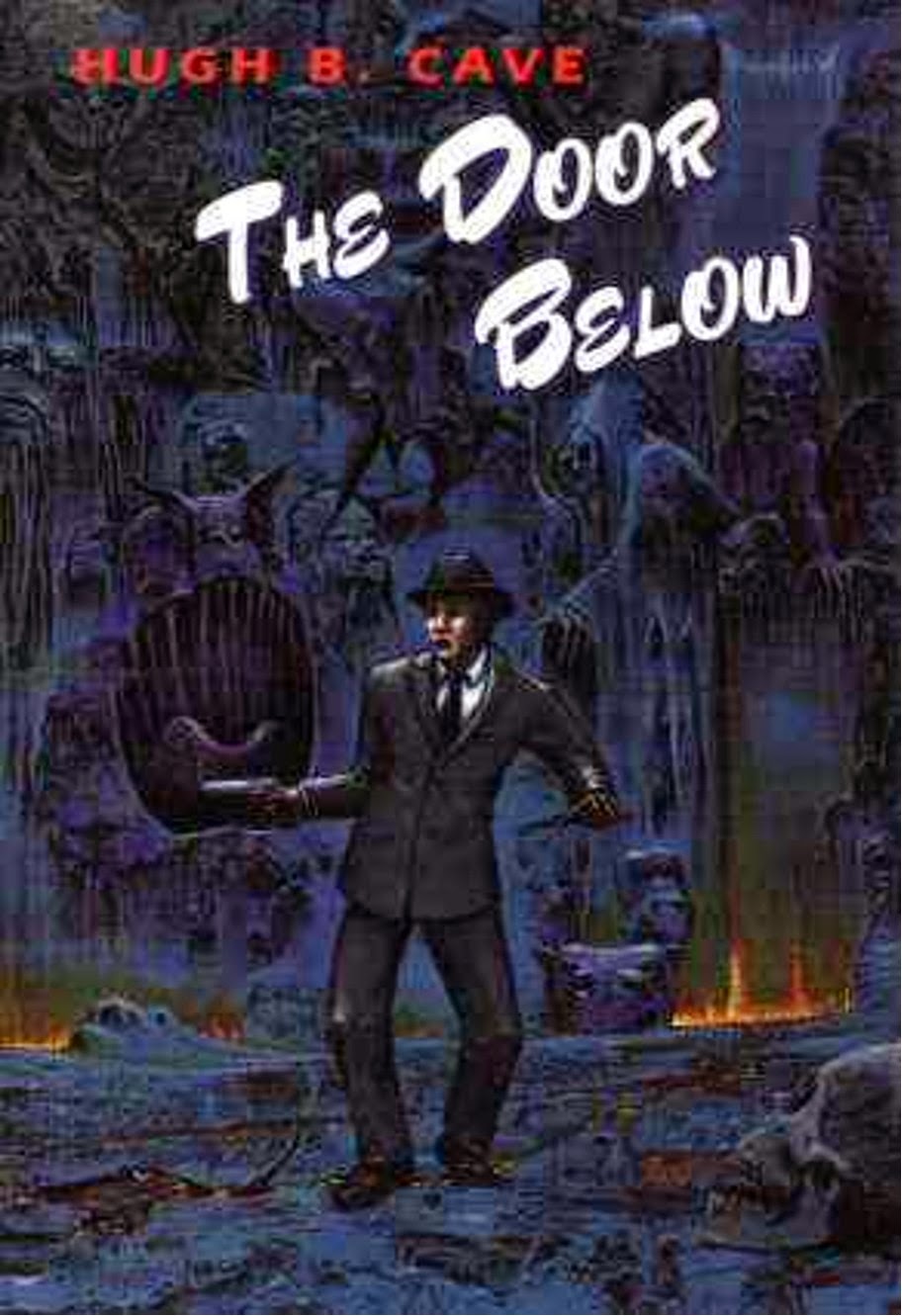A while back John Hocking
suggested that I read Clark Ashton Smith's story "The Charnel God",
which originally appeared in the March 1934 issue of WEIRD TALES. Now I have,
and I'm becoming more of a CAS fan after never reading much of his work until recently.
"The Charnel God" is one of Smith's Zothique stories, set on a far future, decadent Earth where magic has replaced science. The plot concerns a young couple unlucky enough to be stopping in a city where the local god demands that the bodies of anyone who dies there be placed in his temple so he can consume them. It seems that the wife has this unusual disease that causes her to fall into a death-like coma from time to time, and sure enough, a spell of it hits her while she and her husband are there. The doctor who is summoned pronounces her dead, over the husband's objections, and priests show up to cart the "body" over to the temple of Mordriggian to be consumed. The husband, the hero of the tale, is determined to break in and rescue her before she can be gobbled up.
But that's just the very beginning of the story, which gets much more complicated with a plot by a local sorcerer, reanimation spells, running around inside the temple, sinister priests who may or may not be human, and Mordriggian himself, the hungry and vengeful god whose decrees set everything in motion.
Smith spins this yarn in his typical lush prose full of vocabulary you'll have to look up (or go by context, which is what I tend to do). This isn't the sort of writing I normally like, being more a fan of the terse, hardboiled style, but damned if Smith doesn't make it work, and work beautifully. There's even some nice action and plenty of creepily vivid imagery. This one's been reprinted in a number of places and is worth seeking out. As for me, I plan to continue reading more of Smith's stories.
"The Charnel God" is one of Smith's Zothique stories, set on a far future, decadent Earth where magic has replaced science. The plot concerns a young couple unlucky enough to be stopping in a city where the local god demands that the bodies of anyone who dies there be placed in his temple so he can consume them. It seems that the wife has this unusual disease that causes her to fall into a death-like coma from time to time, and sure enough, a spell of it hits her while she and her husband are there. The doctor who is summoned pronounces her dead, over the husband's objections, and priests show up to cart the "body" over to the temple of Mordriggian to be consumed. The husband, the hero of the tale, is determined to break in and rescue her before she can be gobbled up.
But that's just the very beginning of the story, which gets much more complicated with a plot by a local sorcerer, reanimation spells, running around inside the temple, sinister priests who may or may not be human, and Mordriggian himself, the hungry and vengeful god whose decrees set everything in motion.
Smith spins this yarn in his typical lush prose full of vocabulary you'll have to look up (or go by context, which is what I tend to do). This isn't the sort of writing I normally like, being more a fan of the terse, hardboiled style, but damned if Smith doesn't make it work, and work beautifully. There's even some nice action and plenty of creepily vivid imagery. This one's been reprinted in a number of places and is worth seeking out. As for me, I plan to continue reading more of Smith's stories.







































